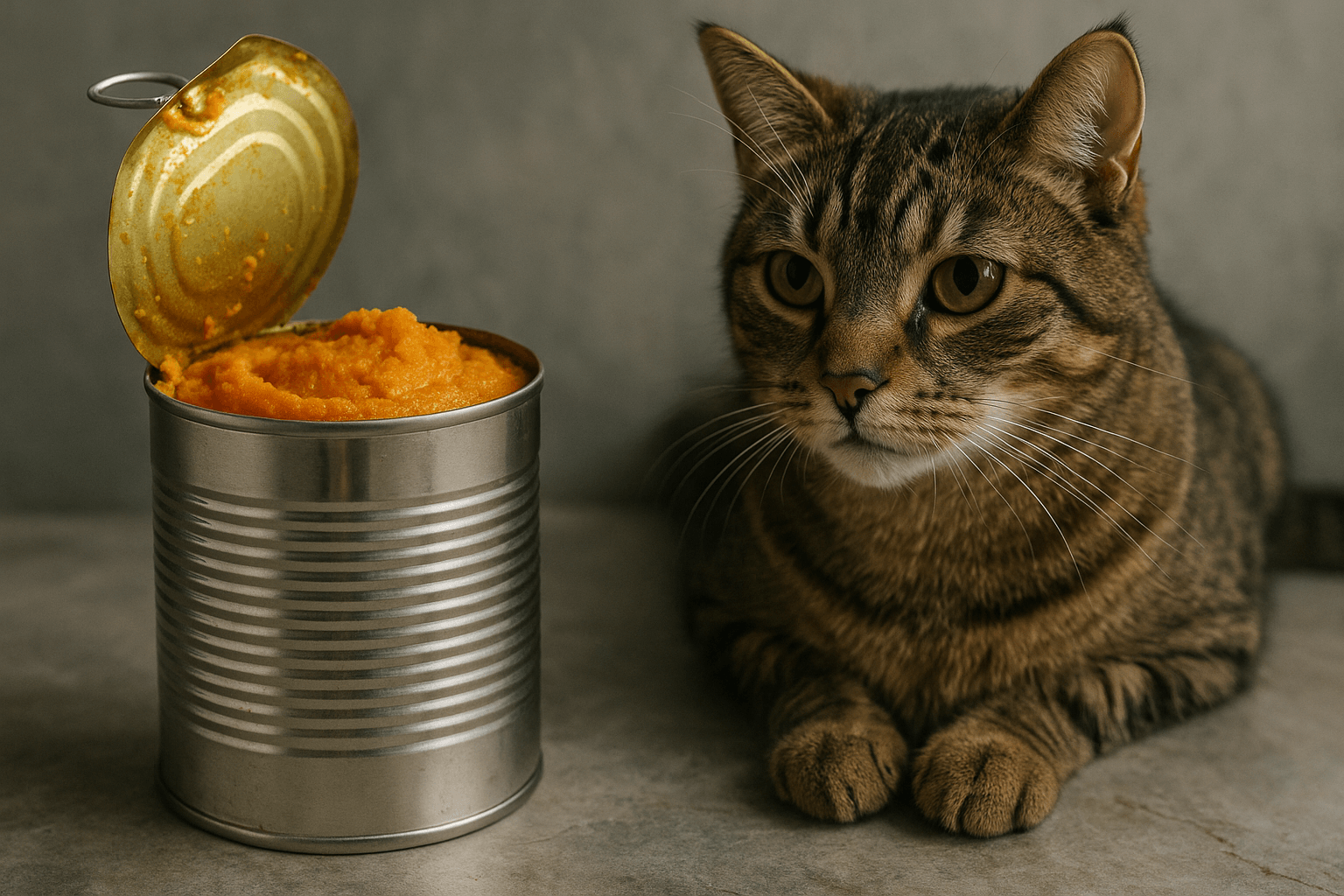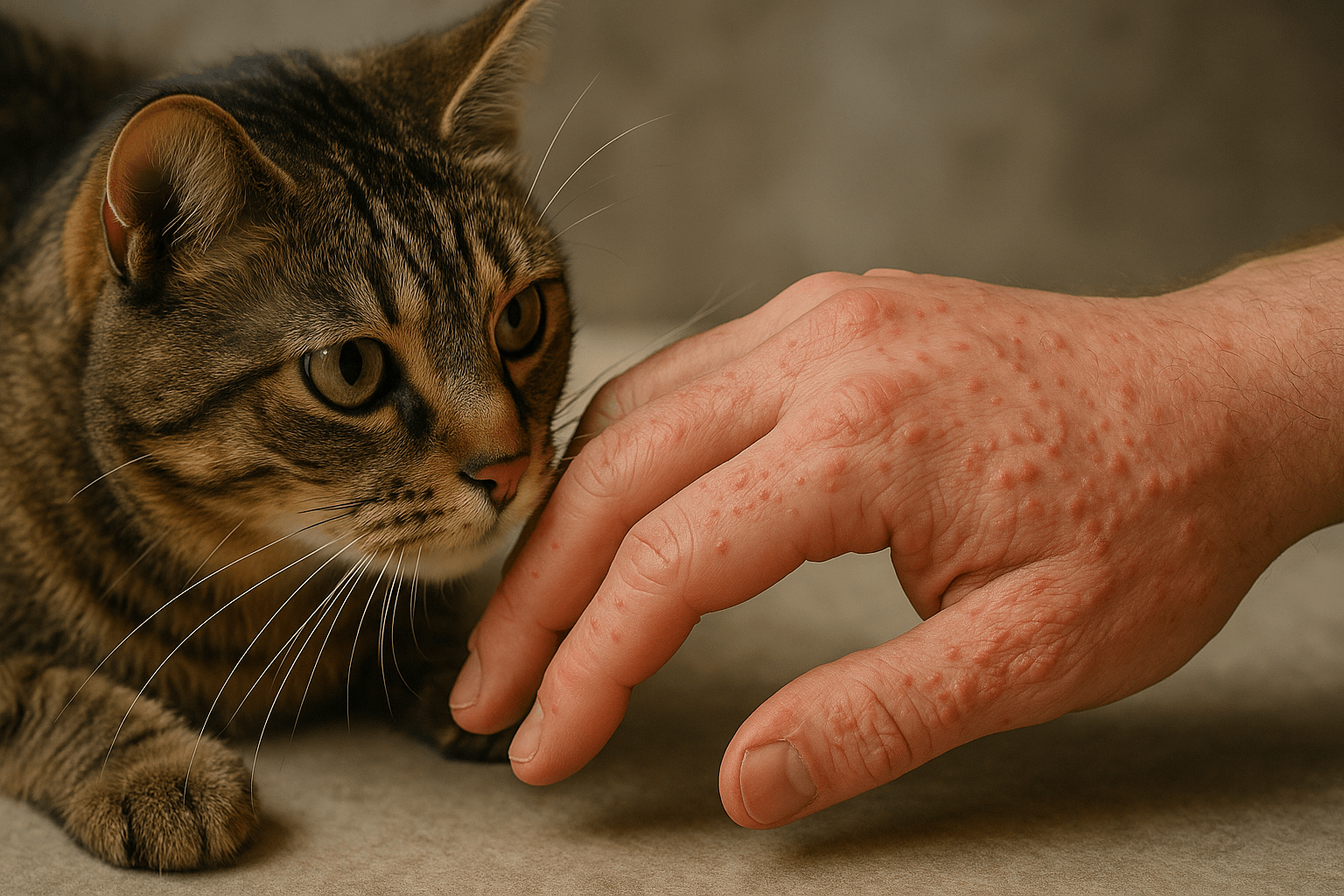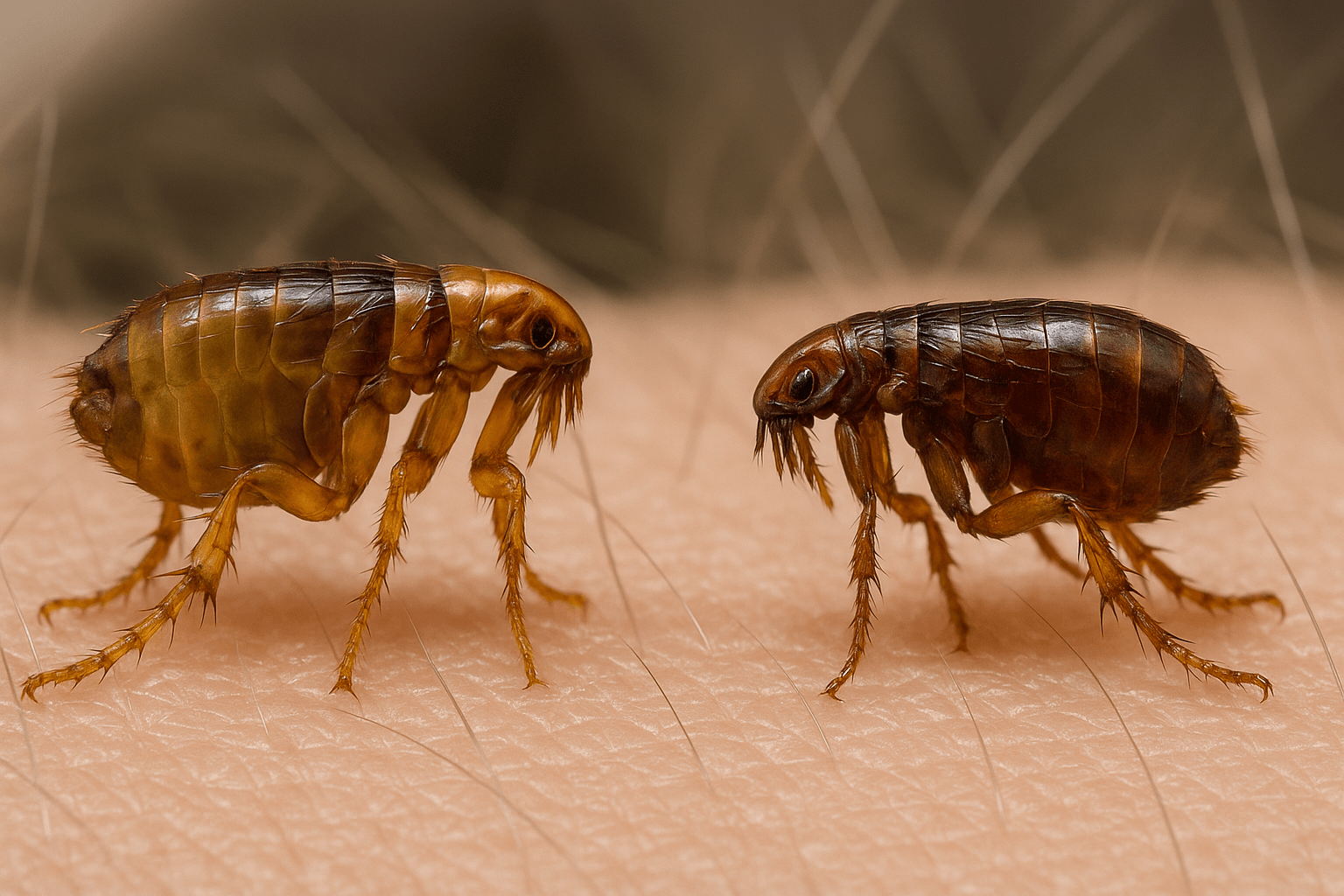Can Dogs Have Ranch? A Guide to Your Pup’s Snack Safety
If you’ve ever enjoyed a bowl of chips or veggies dipped in ranch dressing, you might have wondered if your furry friend can join in on the fun. After all, dogs are notorious for their curious noses and love of human food. But when it comes to ranch dressing, is it safe for your canine companion? While ranch may seem harmless at first glance, its ingredients and potential health effects deserve a closer look.
In this blog post, we’ll explore whether dogs can have ranch, what risks it poses, and how to keep your pup safe while still treating them occasionally. By the end, you’ll have all the information you need to make an informed decision about sharing this popular condiment with your four-legged friend.
What’s in Ranch Dressing? Breaking Down the Ingredients
Before deciding whether ranch dressing is safe for your dog, it’s important to understand what’s inside this creamy condiment. Ranch typically contains a mix of herbs, spices, dairy, and other additives that may not be suitable for canine consumption. Here’s a breakdown of the key ingredients and their potential impact on your dog’s health.
Dairy Products:
Ranch dressing is often made with buttermilk, sour cream, or mayonnaise, all of which are high in fat and lactose. Many dogs are lactose intolerant and may experience digestive upset after consuming dairy.Garlic and Onion Powder:
These common flavor enhancers are toxic to dogs and can damage red blood cells, leading to conditions like anemia if consumed in large quantities.Salt Content:
Ranch dressing is typically high in sodium, which can lead to dehydration, increased thirst, and even kidney issues in dogs over time.Artificial Additives:
Preservatives, artificial flavors, and colors found in many store-bought ranch dressings can irritate a dog’s digestive system and are best avoided.Herbs and Spices:
While some herbs like parsley are safe in moderation, others used in ranch may not be ideal for dogs and could cause mild stomach discomfort.
While ranch dressing isn’t inherently poisonous in small amounts, its combination of problematic ingredients makes it less than ideal for your dog. Always prioritize treats specifically formulated for canine consumption to ensure their safety.
Why Is Ranch Unsafe for Dogs? Key Health Risks to Consider
Even though a small lick of ranch dressing might not harm your dog immediately, regular consumption or larger quantities can pose serious health risks. Understanding these risks will help you make better decisions about your pet’s diet. Let’s examine why ranch dressing should generally be avoided.
Digestive Upset:
The high fat and lactose content in ranch can lead to diarrhea, vomiting, or gas in dogs, especially those with sensitive stomachs.Toxicity from Garlic and Onions:
Even small amounts of garlic and onion powder can accumulate in a dog’s system, causing oxidative damage to red blood cells and potentially leading to anemia.Excessive Sodium Intake:
Too much salt can disrupt your dog’s electrolyte balance, leading to symptoms like excessive thirst, lethargy, or even seizures in severe cases.Weight Gain:
The calorie-dense nature of ranch dressing can contribute to unhealthy weight gain if given frequently, increasing the risk of obesity-related conditions.Allergic Reactions:
Some dogs may develop allergic reactions to certain ingredients in ranch, such as dairy or artificial additives, resulting in skin irritation or respiratory issues.
Given these risks, it’s clear that ranch dressing isn’t a safe or healthy choice for your dog. Opting for safer alternatives ensures your pup stays happy and healthy without compromising their well-being.
Check this guide 👉Can Dogs Have Greek Yogurt? Best 7 Expert Tips!
Check this guide 👉Can Dogs Have Honeydew? Best 7 Health Tips!
Check this guide 👉Can Dogs Have Olive Oil? Best 7 Expert Tips!

Ingredients to Avoid | Safer Alternatives for Dogs |
|---|---|
Garlic and onion powder | Plain cooked chicken or turkey |
High-fat dairy products | Low-fat yogurt (in moderation) |
Artificial additives | Natural peanut butter (no xylitol) |
Excessive salt | Fresh vegetables like carrots |
Spices and herbs | Plain boiled sweet potato chunks |
Safe Ways to Treat Your Dog Without Ranch
Just because ranch isn’t safe doesn’t mean you can’t spoil your pup with tasty snacks! There are plenty of dog-friendly alternatives that provide flavor and nutrition without the risks associated with ranch dressing. Here are some ideas to try.
Plain Yogurt:
Unsweetened, low-fat yogurt is a great source of probiotics and calcium for dogs. It can be used as a dip for treats or mixed into their food.Peanut Butter Dip:
Natural peanut butter (without xylitol) can serve as a delicious and safe dipping sauce for fruits or veggies like apples or carrots.Homemade Broth:
A splash of homemade bone broth can add flavor to your dog’s meals without introducing harmful ingredients.Mashed Pumpkin:
Canned pumpkin (plain, not pie filling) is rich in fiber and vitamins, making it a nutritious topping for kibble or treats.Frozen Treats:
Blend plain yogurt with mashed banana or blueberries, pour into molds, and freeze for a refreshing snack your dog will love.
With these creative alternatives, you can satisfy your dog’s cravings without exposing them to the dangers of ranch dressing. Plus, they’re easy to prepare and budget-friendly!
Signs Your Dog May Be Sensitive to Ranch Dressing
If your dog accidentally ingests ranch dressing or you’ve shared a bit before realizing the risks, it’s essential to monitor them closely for any adverse reactions. Some signs indicate sensitivity or intolerance to the ingredients in ranch. Keep an eye out for the following symptoms.
Vomiting or Diarrhea:
These are common signs of digestive upset caused by the fats, lactose, or spices in ranch dressing.Lethargy or Weakness:
If your dog seems unusually tired or weak, it could signal toxicity from garlic or onions present in the dressing.Increased Thirst or Urination:
Excessive sodium intake can cause dehydration, prompting your dog to drink more water than usual.Skin Irritation or Itching:
Allergic reactions to certain ingredients may manifest as redness, itching, or swelling around the face or paws.Labored Breathing:
Difficulty breathing could indicate a severe allergic reaction or poisoning, requiring immediate veterinary attention.
If you notice any of these symptoms after your dog consumes ranch dressing, consult your veterinarian promptly. Early intervention can prevent complications and ensure your dog recovers quickly.
Benefits of Feeding Safe, Dog-Friendly Snacks
Feeding your dog safe, nutritious snacks has numerous benefits beyond just avoiding harmful ingredients like those found in ranch dressing. Here’s why opting for dog-friendly treats is a smart choice.
Improved Digestion:
Nutritious snacks like pumpkin or plain yogurt support healthy digestion and reduce the risk of gastrointestinal issues.Better Weight Management:
Low-calorie treats help maintain a healthy weight, reducing the risk of obesity-related diseases.Enhanced Coat Health:
Omega-3-rich snacks like salmon or flaxseed oil promote shiny coats and healthy skin.Stronger Immune System:
Antioxidant-packed foods like blueberries and spinach boost your dog’s immune defenses.Behavioral Enrichment:
Offering safe snacks keeps your dog mentally stimulated and rewards good behavior effectively.
By choosing wholesome snacks, you’re investing in your dog’s long-term health and happiness. It’s a win-win for both of you!
Tips for Transitioning to Healthier Treats
Switching your dog to healthier treats requires patience and planning. Follow these tips to ensure a smooth transition and avoid upsetting their stomach.
Introduce Gradually:
Mix new treats with old favorites to allow your dog’s digestive system to adjust slowly.Monitor Portion Sizes:
Stick to recommended serving sizes to prevent overfeeding and maintain a balanced diet.Observe Reactions:
Watch for any signs of allergies or intolerance when introducing a new treat.Choose Variety:
Rotate between different healthy snacks to provide a range of nutrients and keep things interesting.Consult Your Vet:
Always seek professional advice before making significant changes to your dog’s diet.
A gradual approach ensures your dog adapts well to new snacks while minimizing potential side effects.
Fun Ways to Incorporate Healthy Snacks Into Playtime
Healthy snacks don’t have to be boring! Get creative and turn snack time into playtime with these engaging ideas.
DIY Puzzle Toys:
Hide small pieces of fruit or veggies inside puzzle toys to encourage problem-solving skills.Training Rewards:
Use bite-sized healthy treats as positive reinforcement during obedience training sessions.Interactive Games:
Play hide-and-seek with treats scattered around the yard or house for mental stimulation.Freeze for Fun:
Freeze small portions of yogurt or broth in ice cube trays for a refreshing summer treat.Sniffing Scavenger Hunts:
Scatter treats throughout your home or garden and let your dog use their nose to find them.
Combining healthy snacks with interactive activities strengthens your bond and enriches your dog’s life. Who says healthy can’t also be fun?
Frequently Asked Questions About Dogs and Ranch Dressing
Can dogs eat ranch dressing in small amounts?
While tiny amounts likely won’t harm most dogs, ranch contains ingredients that can cause digestive upset or toxicity, so it’s best avoided.
What happens if my dog eats ranch dressing?
Mild cases may result in vomiting or diarrhea, but larger quantities could lead to more serious issues like anemia or kidney strain.
Are there dog-safe versions of ranch dressing?
You can make a dog-friendly version using plain yogurt, herbs like parsley, and no toxic additives, but always check with your vet first.
How can I tell if my dog is lactose intolerant?
Symptoms include gas, bloating, diarrhea, or vomiting after consuming dairy products.
What should I do if my dog accidentally eats ranch?
Monitor them closely for symptoms and contact your vet if you notice anything unusual.
The Verdict: Skip the Ranch for Your Dog’s Sake
In conclusion, while ranch dressing might seem like a tempting treat to share with your furry friend, it’s simply not worth the risk. Between the high fat, sodium, and toxic ingredients like garlic and onion powder, ranch poses significant health hazards to dogs. Thankfully, there are plenty of safe, delicious alternatives that allow you to indulge your pup without compromising their well-being. Remember, your dog’s health and happiness depend on the choices you make about their diet. So next time you reach for the ranch, think twice—your loyal companion will thank you for keeping them safe and sound.
Blue Buffalo Cat Food – Nourishing Your Feline Overlord Choosing the right nutrition for your cat is one of the most important …
Canned Pumpkin for Cat Diarrhea: Best 7 Expert Tips! Natural remedy to firm stools, soothe upset bellies, and support gut health safely.
Can a Cat Give You Scabies? Best 7 Expert Tips! Discover the truth about feline mites, human skin risks, and how to protect yourself—without panic.
Cat Flea vs Human Flea: Best 7 Expert Tips! Discover the truth about bites, species, and how to eliminate infestations for good.




